Are you searching for a method to sell your online course? This blog post will explain a step-by-step process that can help you make sales. We'll talk about why it's important to create a funnel, how to create a sales page, why getting website visitors is crucial, and more. By the end, you'll understand how all these parts work together to create a successful sales system for your online course.

How to Sell Online Courses
Create a Funnel
A funnel is like a special system that helps you get people interested in what you're offering, teach them more about it, and turn them into customers. Funnels have different parts, like where the people come from, the pages that convince them to buy, the tools for taking payments, and ways to stay in touch through email. To begin, you need to figure out who would be the perfect person to buy your course. This is called creating a persona of your ideal customer.
Develop a Customer Persona
Personas are essential in marketing and sales. They help you identify your perfect customer and understand their problems, challenges, needs, and desires related to your product. Personas also show you how much information your ideal customer usually has when looking for a solution like yours. Creating a detailed persona allows you to tailor your marketing and sales content to directly address your ideal customer.
To create a customer persona document, you can ask several questions to define your ideal customers. DigitalMarketer provides a user-friendly customer avatar tool to help you quickly pinpoint who your ideal customer is.
Create Amazing Websites
With the best free page builder Elementor
Start Now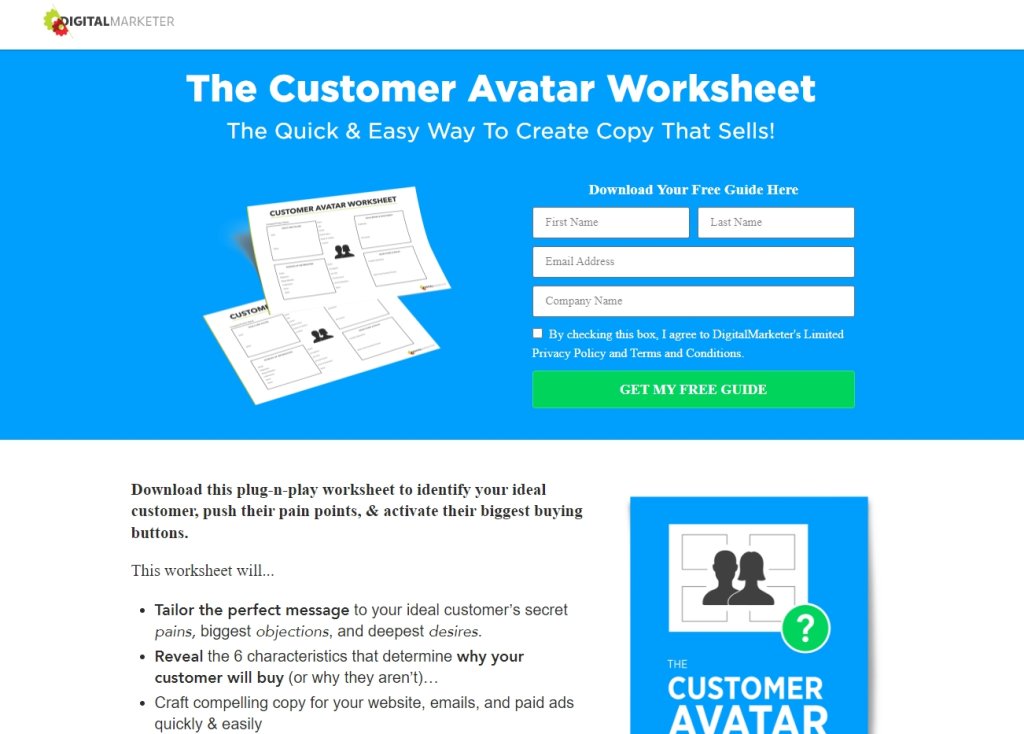
Build a Sales Page
When it comes to selling online courses, sales pages are really important. They work like a salesman who is available 24/7, introducing new ideas, convincing potential customers, and getting them to buy. The great thing about having a really effective sales page is that it consistently leads to conversions.
Create Your Sales Page: Sales pages are tools that are designed to be really effective in turning visitors into paying customers. To make sales, your sales page needs to be able to sell ideas, address any fears or doubts, and have a clear call to action that leads to a purchase.
Here are the most important things that your sales page should have:
Catchy Headline that Sells a Big Idea: A big idea is a positive and life-changing outcome that learners can achieve by taking your course. Big ideas are powerful because they make readers imagine a new and exciting reality.
A Practical Promise: While your big idea may excite potential customers, it can also seem out of reach. To convince your audience that they can actually succeed, you need to break down the big idea into practical steps that anyone can follow.

Call to Action: Calls to action are strong messages that help people make decisions. When potential students invest in your course, they open up the opportunity to explore a whole new world. To make your call to action effective, it should inspire positive change.
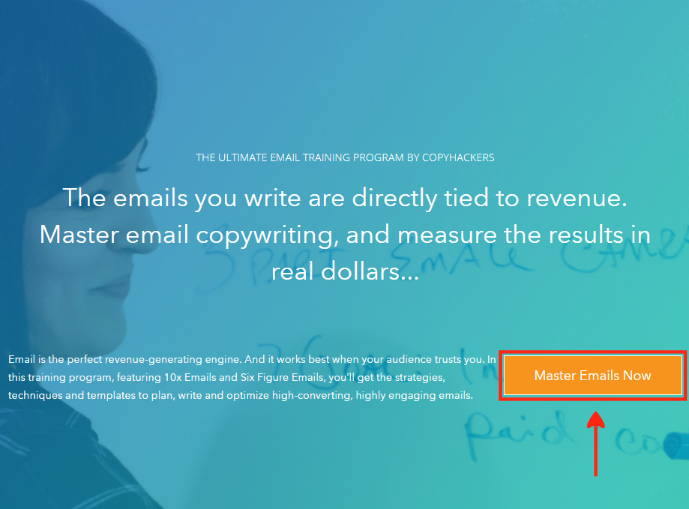
Tell a Story: Successful sales pages use stories to engage their audience. They talk about problems and then offer a solution. Your sales page should do the same. By understanding the challenges and desires of your ideal customer, as outlined in your customer persona document, you can create a well-structured message that resonates with them.
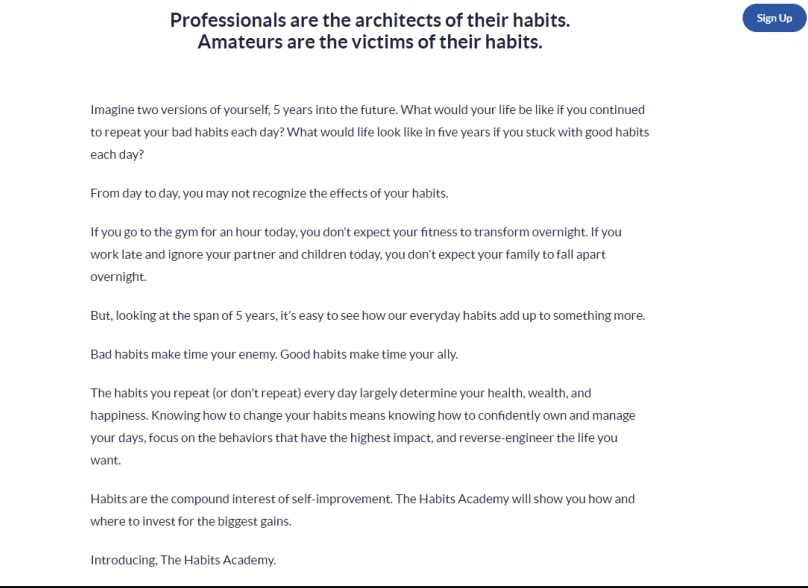
Course Breakdown: Show what your course offers by explaining each section and the benefits learners will gain. It's important to highlight the advantages of learning specific skills to help potential students understand the value of your course. Use bullet points to list the benefits for each part of your course, and include images of the course content to give an idea of what they can expect.
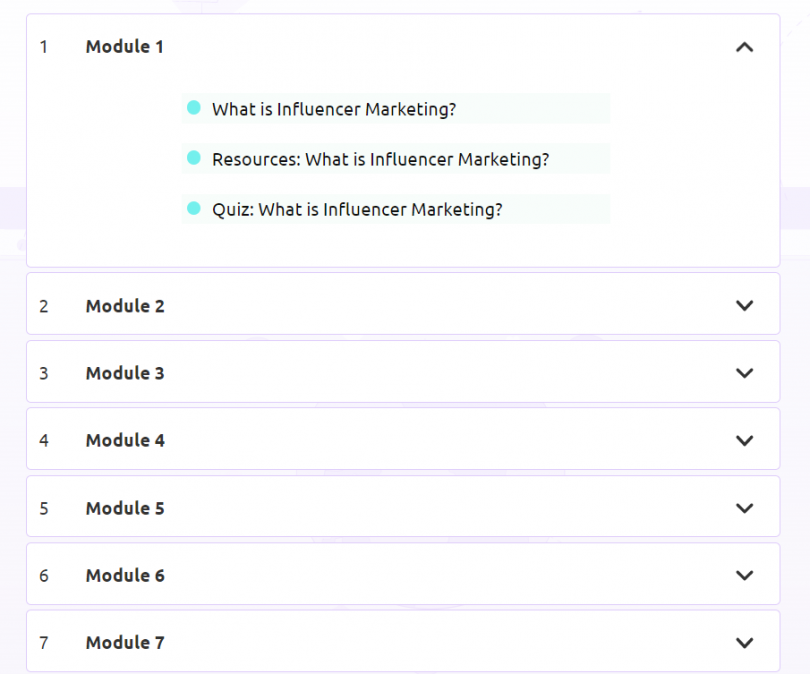
Social Proof: Social proof is a powerful influence on people's decision-making. Nowadays, people spend time researching products and reading about others' experiences before making a purchase. When they see positive reviews, they are more likely to invest in a product or service. You can leverage testimonials to create the same positive impact. Include at least three testimonials from different students, each highlighting how your course has helped them. Make sure the testimonials are believable to build trust.
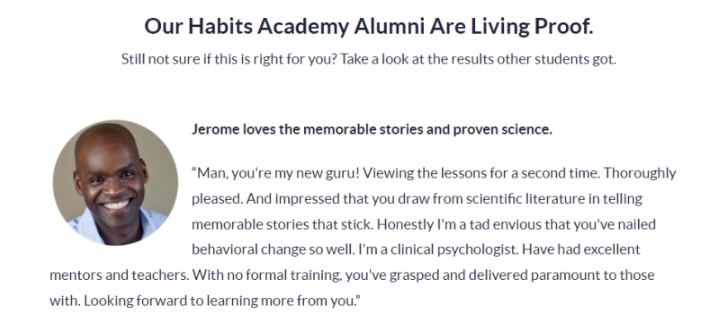
Introduce Pricing: It's likely that you've already mentioned the price of your course before potential customers reach the pricing section. This can be effective in quickly convincing those who are ready to buy. However, for those who need more persuasion, provide your pricing along with a brief description of what students will receive. Use bullet points to reiterate the benefits and emphasize the value of your course.
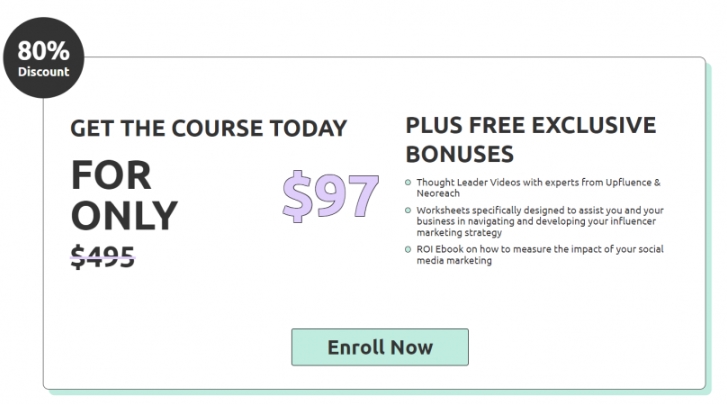
Use FAQs: Frequently Asked Questions (FAQs) are commonly used on online course sales pages because they help address concerns and doubts that potential students may have.
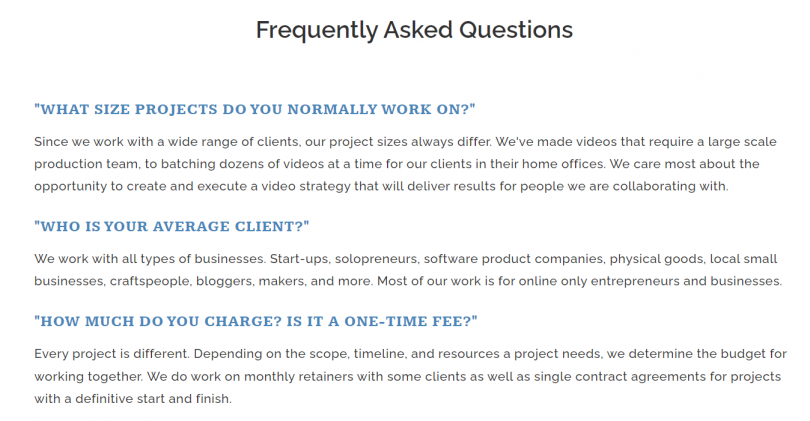
Money-back Guarantee: Offering a money-back guarantee may seem risky, but it actually strengthens the perceived value and quality of your course. When people know they can get a refund, it shows that you have confidence in your product. When creating the guarantee, specify a time limit, typically 30 to 60 days, within which learners can qualify. This gives them enough time to experience your course and make a decision.
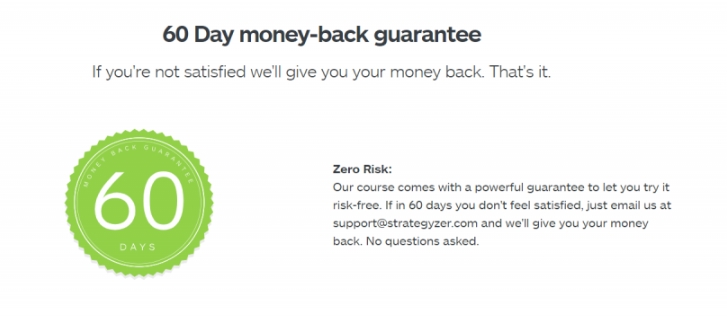
Add Your Bio: Sharing your biography helps learners understand who they will be learning from and why you are qualified to teach. Keep your bio concise and focus on relevant points that align with the knowledge covered in your course. Explain how your experience makes you the best person to teach the subject matter.

Identify Your Traffic Sources
Getting people to visit your website or sales page is really important for making sales. There are different ways to get people to come to your site, like paying for ads or creating content on social media, blogs, or YouTube. Out of all these ways, paid ads bring in traffic the fastest. This is because they show your brand and course to the right customers more quickly than organic content does.
Your main goal is to get as many people as possible to visit your sales page and buy your product. To figure out where your traffic is coming from, make a list of the places where your ideal customers usually go. This is where your customer persona comes in handy once again. Once you have your list of places (like Facebook, Twitter, YouTube, relevant websites), find out how you can use each platform to promote your course and direct people to your sales page.
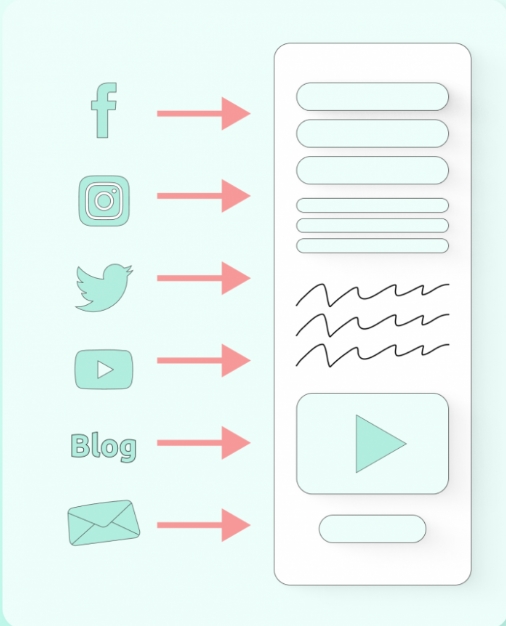
Different sources can bring traffic to your website, and one of them is email. Email is a powerful way to communicate with people, and it can help you attract interested visitors to your sales page. It's also useful for building relationships with those who have shown interest by signing up for a lead magnet but haven't made a purchase yet. By sending the right series of emails, you can turn these potential customers into actual buyers.
Teachable provides a good example of how to do this with their "Crazy 8 Launch Strategy." This strategy involves sending a series of emails over eight days to engage prospects. The emails cover various topics such as announcements, frequently asked questions, sneak peeks, and even reminders for those who abandon their shopping carts.
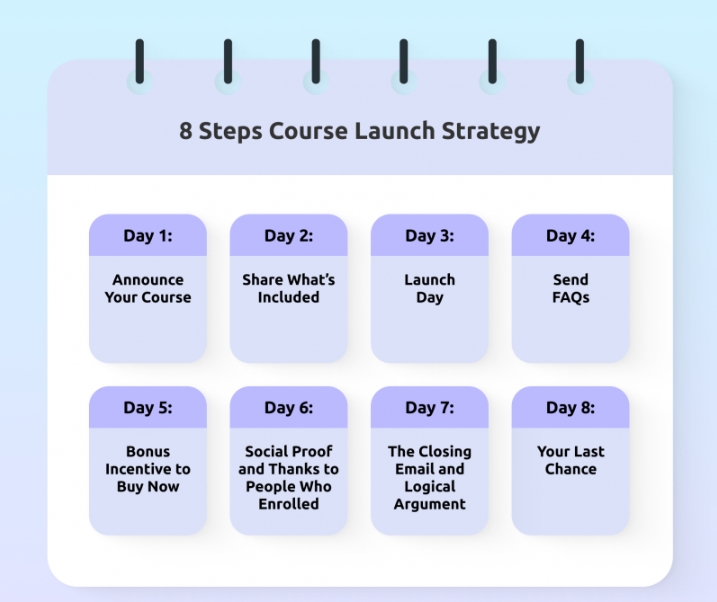
- Day 1: Send an email to your subscribers announcing the launch of your course. Explain what the course is about and let them know that you will provide them with the enrollment date soon.
- Day 2: Give a detailed description of your course, including all the sections, lessons, and benefits. This email might be long, but it will be worth it.
- Day 3: Inform people that enrollments are now open.
- Day 4: Address any questions potential buyers might have before they decide to purchase your course.
- Day 5: Encourage those who are still undecided by offering a limited-time discount to make the deal more appealing.
- Day 6: Share testimonials from satisfied customers who have purchased your course. Express gratitude to those who have already enrolled.
- Day 7: As the enrollment window is closing soon, make a convincing argument for why now is the best time to commit to the course.
- Day 8: For those who haven't enrolled yet, send a series of three emails. The first email emphasizes the enrollment deadline, the second expresses gratitude to all enrolled students, and the last email gives one last opportunity for those who haven't enrolled to take action.
Leverage SEO
Creating a blog might seem like a long process to sell your course, but it's actually a good idea for the long run. It can help you attract more visitors and make more sales, and it's a cost-effective way to build your brand. However, it's important to know that it takes time for your content to appear high in search results and produce immediate results, unless you've been running your blog for a while and it ranks well. Usually, it takes about 3 to 6 months for your content to start showing up in search results. To speed up this process, you can write guest posts and use the backlinks from them to improve your ranking. Additionally, if you have a good backlink outreach strategy, you can rank faster.
To promote your blog, create content that relates to your specific topic or field. You can also use social media platforms to spread the word about your blog. It's important to have a strategy for reaching out to other websites and acquiring backlinks.
If you're unsure about how to conduct a backlink outreach strategy and want to save time, you can watch two helpful videos by Neil Patel on generating backlinks quickly. Follow this detailed video for reaching out for Backlinks.
Sign-up Affiliates
Affiliate programs are a really easy way to get your course out to a lot of people. When you create an affiliate program, you let online entrepreneurs promote your course and they can make money from it. These entrepreneurs usually have their own email lists and money to spend on advertising, so they can reach a lot of potential customers.
If you want affiliates to promote your course, you need to offer them a good deal. They want to make money, so they need to see that they have the potential to earn a lot by promoting your course.
Setting up an affiliate program isn't hard either. If your course is on a platform like Udemy, Teachable, or Kajabi, they provide tools to help you manage your affiliates. These tools can track sales, traffic, and payments. Some platforms even let you create special pages for affiliates to sign up and recruit affiliates right from your course platform.
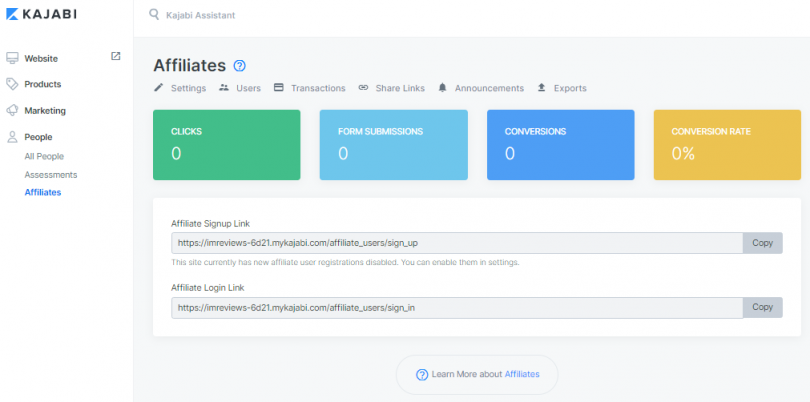
Track Your Success
Selling your course is an ongoing process. To get the best results, you need to keep track of how well you're doing. Many online course platforms have tools that show you where your visitors come from, how many visitors you get, and how many of them actually buy your course. These insights are helpful, but you can go even further by using other tools like Google Analytics or Mixpanel.
These tools are more advanced, but they give you even more useful information. You can find out which countries your students come from, what devices they use to see your ads and buy your course, and more. This data will help you focus your advertising budget on places where you're getting more sales, or find better ways to attract more visitors and make more sales.
Wrapping Up
Selling your online course involves a step-by-step process. First, you need to come up with interesting messages to convince people to buy. Then, you need to make a plan before you start selling. This plan should include figuring out who your best customers are, creating a webpage to sell your course, finding ways to get people to visit your webpage, and finally, turning those visitors into paying customers. Your success depends on how well you can grab people's attention and convince them to buy your course.





